Description
After studying calculus from Thomas, students will have developed problem solving and reasoning abilities that will serve them well in many important aspects of their lives. Mastering this beautiful and creative subject, with its many practical applications across so many fields of endeavor, is its own reward. But the real gift of studying calculus is acquiring the ability to think logically and factually, and learning how to generalize conceptually. We intend this book to encourage and support those goals.
Thomas’ Calculus, Thirteenth Edition, provides a modern introduction to calculus that focuses on conceptual understanding in developing the essential elements of a traditional course. This material supports a three-semester or four-quarter calculus sequence typically taken by students in mathematics, engineering, and the natural sciences.
Precise explanations, thoughtfully chosen examples, superior figures, and time-tested exercise sets are the foundation of this text. We continue to improve this text in keeping with shifts in both the preparation and the ambitions of today’s students, and the applications of calculus to a changing world.
Many of today’s students have been exposed to the terminology and computational methods of calculus in high school. Despite this familiarity, their acquired algebra and trigonometry skills sometimes limit their ability to master calculus at the college level. In this text, we seek to balance students’ prior experience in calculus with the algebraic skill development they may still need, without slowing their progress through calculus itself. We have taken care to provide enough review material (in the text and appendices), detailed solutions, and variety of examples and exercises, to support a complete understanding of calculus for students at varying levels.
We present the material in a way to encourage student thinking, going beyond memorizing formulas and routine procedures, and we show students how to generalize key concepts once they are introduced. References are made throughout which tie a new concept to a related one that was studied earlier, or to a generalization they will see later on.



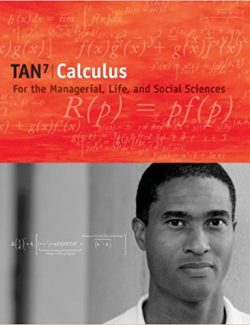

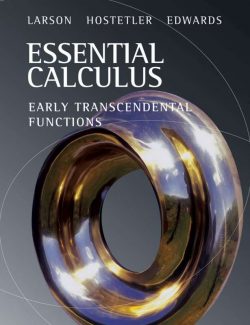
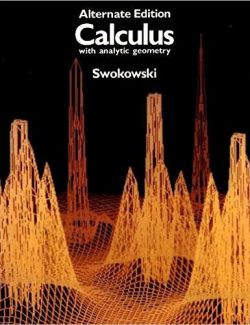


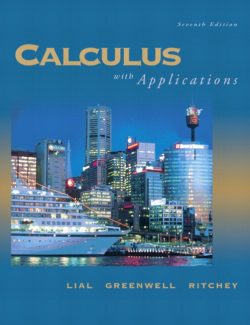
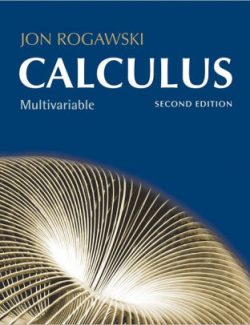
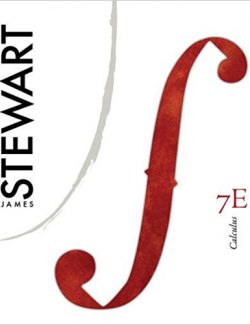

Leave us a comment
No Comments